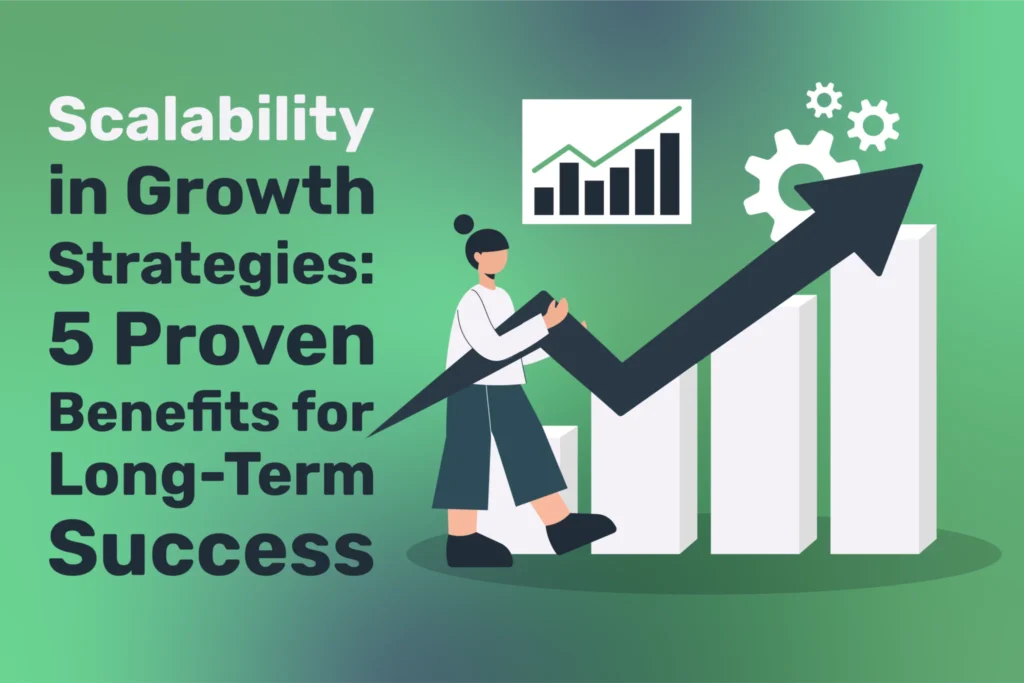Running a growing agency can feel like trying to juggle while riding a bike on a bumpy road. As you add more clients, hire new team members, and explore new service offerings, things get complicated—fast. Without the right systems in place, it’s easy to burn out or lose control.
That’s where scalable systems come in.
Whether you’re a marketing agency, design studio, PR firm, or any other service-based business, building scalable systems is essential for smooth operations, happy clients, and consistent growth. In this blog, we’ll break down what scalable systems are, why they matter, and how you can implement them in your agency—without drowning in technical jargon.
What Are Scalable Systems?
In simple terms, a scalable system is one that works well whether you have 5 clients or 500. It doesn’t break under pressure, and it doesn’t require you to reinvent the wheel every time your workload increases.
These systems are repeatable, reliable, and designed to grow with your business. They save you time, reduce errors, and let you focus on what you do best—serving your clients and growing your brand.
Why Scalable Systems Matter for Agencies
- Save Time and Resources
Manual processes can only take you so far. As your agency grows, they eat up valuable time and energy. Systems automate repetitive tasks, freeing up your team to focus on high-impact work. - Deliver Consistent Quality
Clients expect consistency. A good system ensures that whether it’s your first project or your 100th, the process—and results—stay top-notch. - Support Remote or Hybrid Teams
Clear systems mean everyone knows what to do and how to do it, regardless of where they’re working from. - Make Onboarding Easy
Hiring new team members? Scalable systems make training fast and simple, so your new hires can hit the ground running. - Boost Client Satisfaction
Timely delivery, clear communication, and high-quality work—all supported by strong systems—keep your clients happy and loyal.
Key Areas to Systemize
Let’s dive into the specific parts of your agency where systems can make the biggest impact.
- Client Onboarding
This is your client’s first real interaction with how your agency works. A messy onboarding experience sets a bad tone.
What to Systemize:
- Welcome email templates
- Onboarding checklists
- Contract and invoice automation
- Introductory call scripts
- Project management tool setup
Tools to Consider:
Dubsado, HoneyBook, PandaDoc, HelloSign
- Project Management
When multiple people are working on multiple projects for multiple clients, chaos can easily take over. A solid project management system keeps everyone aligned.
What to Systemize:
- Task assignment and deadlines
- Standard operating procedures (SOPs)
- Templates for common deliverables
- Client update reports
Tools to Consider:
Asana, ClickUp, Trello, Monday.com
- Communication
Internal and external communication should be streamlined to avoid confusion and delays.
What to Systemize:
- Weekly team check-ins
- Email templates for common client queries
- Slack channels organized by project or department
- Feedback loops and review cycles
Tools to Consider:
Slack, Loom, Zoom, Front, Gmail + Canned Responses
- Marketing and Lead Generation
As an agency, you’re also your own client when it comes to marketing. Don’t leave it to chance.
What to Systemize:
- Social media content calendars
- Lead follow-up workflows
- Email marketing sequences
- Webinar/event templates
Tools to Consider:
HubSpot, Mailchimp, Buffer, ConvertKit
- Sales Process
A scalable sales system helps you close more deals while delivering a professional experience.
What to Systemize:
- Lead qualification scripts
- Proposal templates
- CRM workflows
- Automated follow-ups
Tools to Consider:
Pipedrive, Salesforce, Close, Notion
- Reporting and Analytics
You can’t grow what you don’t measure. Good reporting systems help you track performance, set goals, and spot bottlenecks.
What to Systemize:
- Client performance reports
- Internal KPIs (turnaround time, client retention)
- Financial dashboards
Tools to Consider:
Google Data Studio, AgencyAnalytics, QuickBooks, Databox
Steps to Build Scalable Systems
✅ Step 1: Identify Your Bottlenecks
Look at where things are breaking down. Are projects constantly delayed? Are clients waiting days for updates? Start there.
✅ Step 2: Map Your Workflows
Document every step of your current process—from onboarding to delivery. This gives you a clear view of what needs fixing.
✅ Step 3: Create SOPs
Standard Operating Procedures make it easy to replicate success. Write them like you’re explaining the task to someone on their first day.
✅ Step 4: Automate What You Can
Use tools to handle repetitive tasks. Automation isn’t about replacing humans—it’s about freeing them up for creative, strategic work.
✅ Step 5: Train Your Team
Systems are only as good as the people using them. Invest in regular training and encourage feedback to improve workflows.
✅ Step 6: Review and Refine
Your systems will evolve as your agency grows. Schedule regular reviews to refine and optimize.
Real-Life Example: How One Agency Scaled With Systems
Let’s look at a quick example.
Case Study: Rise Media Agency
A digital marketing agency started with 3 people and a few clients. As they grew to 25 clients and a 10-person team, their lack of systems caused missed deadlines, burnt-out employees, and confused clients.
They invested 3 months into building systems:
- Created SOPs for each service
- Used ClickUp for task management
- Automated client reporting using Google Data Studio
- Streamlined onboarding with Dubsado
The result?
They doubled their client base in a year, reduced employee turnover, and improved client satisfaction scores by 40%.
Final Thoughts
Scalable systems aren’t just for tech companies or enterprise-level businesses—they’re essential for any agency that wants to grow without falling apart. Think of them as the foundation beneath your creativity, strategy, and client relationships.
Yes, setting them up takes time and effort. But once in place, these systems pay off in more freedom, more profits, and way less stress.

